Tomatoes are a globally consumed and versatile vegetable due to their juicy and delicious flavor.
However, growing healthy tomato plants requires some effort, and it’s not always easy to achieve the desired results. So, If you are facing difficulty in achieving faster and healthier growth of your tomato plants, we are here to help.
In this blog, we will guide you with the utmost direction with expert tips and tricks to improve the growth of your tomato plants, covering topics such as selecting proper soil and fertilizer, as well as pruning and watering techniques.
Whether you are an avid gardener or a newbie, with the guide you will be able to cultivate the finest tomato in no time. So let’s begin!
Table of Contents
Overview of Tomato Plant Growth
Regardless of the variety, whether it be Roma, beefsteak, or cherry, all go through similar growing stages. Understanding the growth stages will educate you to grow a successful fruitful harvest and will prepare you to understand what helps tomato plants grow faster when we will proceed with the article further.
1. Germination
Covered seed pods are breached at germination and green shoots arise from the soil. At proper temperature(65-80 °F) the sprouts will show up within one week.

2. Early plant growth
During this stage seedlings develop root systems and leaves. They require warmth and shelter as well as sunlight as they will feed themselves soon through photosynthesis.

3. Vegetative growth stage
When the vegetative growth stage begins, vines of the plants grow rapidly along with plenty of lush green leaves. Tap roots anchor the heavy top growth and shallower roots develop in order to take nutrients from the top part of the soil. With proper temperature, this stage lasts around twenty days.

4. Flowering stage
The flowering stage and vegetative stage almost coincide. When the tomato plant is around twelve to eighteen inches tall, yellow flowers begin to appear. Extreme temperatures during this stage can cause flower loss.
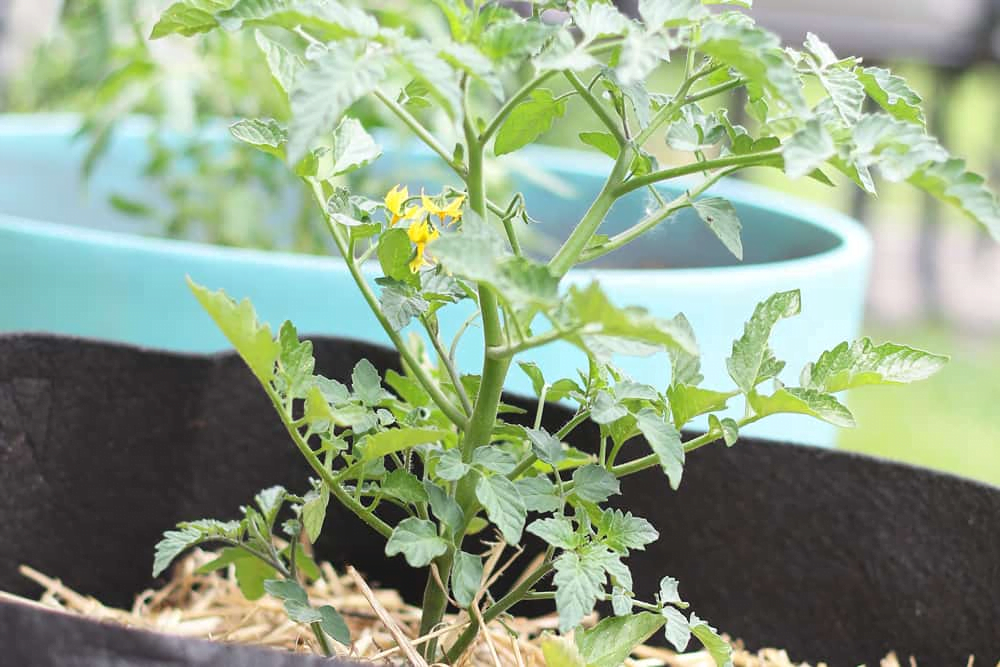
5. Pollination
Through wind and insects tomato plants perform self-pollination. In this stage, flowers are fully open, and bright yellow pollen is visible in the middle of the flower.
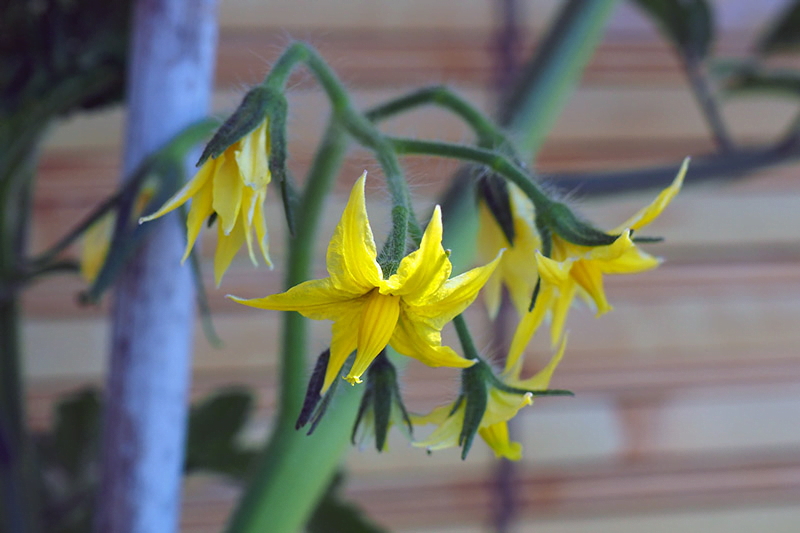
6. Fruit growing stage
After the successful pollination process, the pollinated flower turns dark green and drops from the plant within 24 hours, indicating they are preparing to grow fruits. For the next couple of weeks, marble-sized fruits begin to appear from the stems.
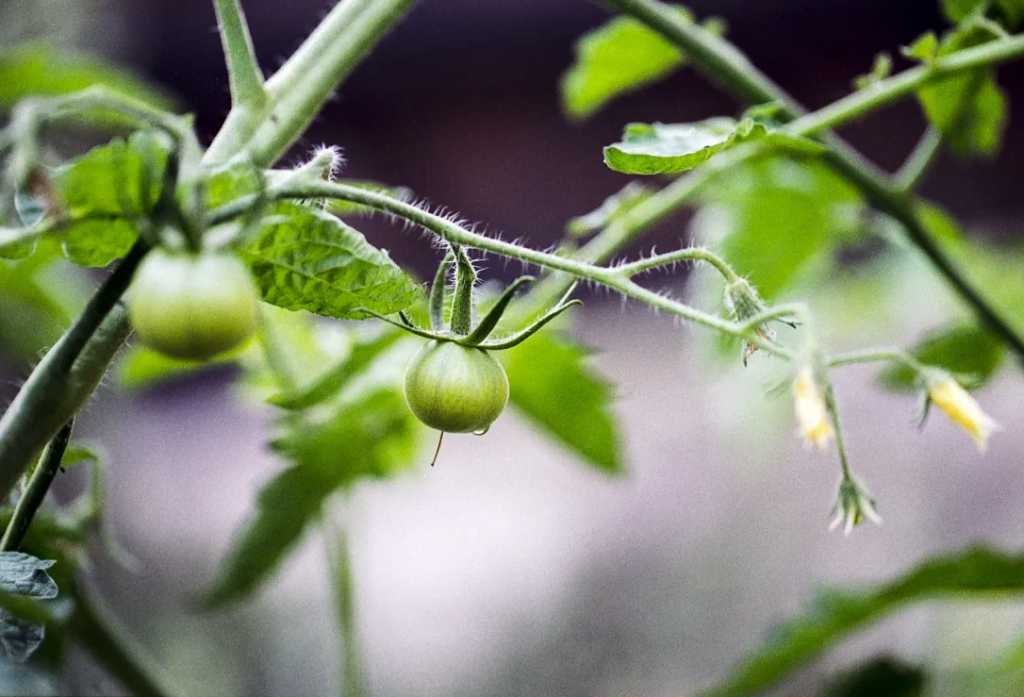
7. Ripening stage
In the last stage, the fully grown fruits started to show pigment in them. This time the plant is most delicate.
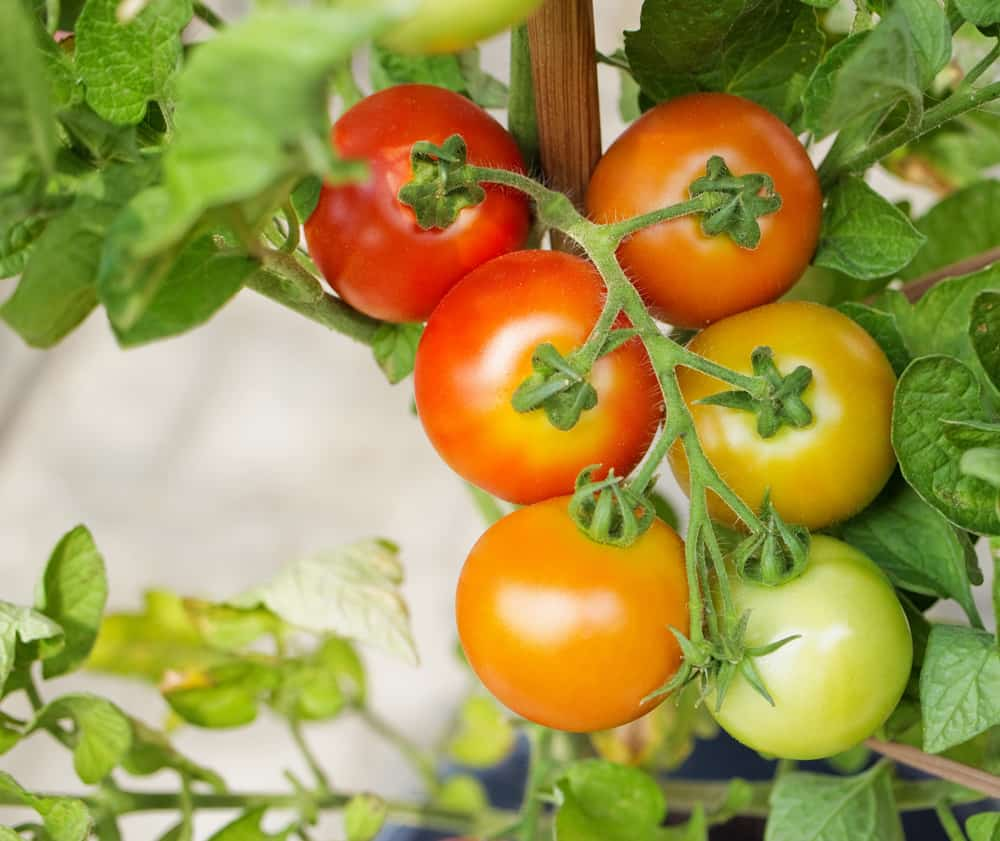
The factors that help tomato plants grow faster
1. Climate
Tomatoes are warm seasoned crops, typically cultivated in the regions of sub-tropical and mild cold climates. The ideal growth temperature that helps tomato plants grow faster is 65 to 75 °F. Temperatures below 60 or over 80 are not ideal.
2. Soil
Tomatoes can grow in most minerals soils, but they thrive in well-draining sandy loams. They can handle a wide range of pH levels as well, the ideal being 5.5-6.8pH.
Tomatoes are fond of warm weather and they do best in warm soil. So to provide warmth during spring remove any mulch so that the soil will be directly exposed to the sun to absorb the heat. Cloches or clear plastic sheets can also provide warmth in the soil.
3. Water
Correct watering is important for proper growth. Insufficient water leads to root rot. Check the moisture of the soil by injecting your finger or by using a soil moisture meter into the top few inches. Provide water when the soil is dry. Potted tomato plants tend to dry quicker than in-ground plants. To encourage ripening refrain from watering during the end of July.
4. Light
Tomatoes are sun-loving plants, the more light the better. Tomatoes require plenty of sunlight, which is at least 6-8 hours a day, but preferably 8 hours.
Indoor tomato plants also need a lot of light, so place them near a window or any spot where they can get sunlight and if it’s not sufficient consider installing some grow lights. Aim for at least 16 hours of artificial lighting.
5. Space
Tomato plants need a healthy distance from each other in order to grow properly. Planting them too close to each other will cause claustrophobia to them due to the less airflow. It can also cause fungus attacks or other kinds of diseases. In general planting each plant two feet apart from each other is ideal and that’s what helps tomato plants grow faster. Larger species need more space. You can check the instructions in the seed packet for guidance.
6. Trellis for support
Tomatoes that grow near the ground in a bunch on a single stem tend to get overcrowded and heavy, so they lean down and touch the ground. During this time additional support is needed. Trellis can assist by keeping the tomatoes elevated from the ground and exposed to direct sunlight. Also, the ripening process gets quicker through the support as they get the required sun exposure.
7. Companion planting
Companion planting is another method that helps tomato plants grow faster as it will help to keep insects away from your tomato plant throughout the whole growing season. The aroma of some companion plants like parsley, beans, onion, garlic, mint, and cucumber is despised by insects. So planting them alongside the tomato plants will not harm the plant and keep the insects away.
Pre-Planting Preparation
Soil preparation and testing
If you have loose, well-draining soil in your plot or pot, the pre-season soil preparation won’t be that hard for you. Also, digging deep is not necessary unless your plot is new, the soil is heavy, sandy, clayey, acidic, or stony. Well-established soiled plots only require mixed soil amendments with compost. Spreading it over the soil is all you need to do.
Compost is a useful addition to soil, provide nutrient and improve soil texture. But not all organic matter is compost: peat moss lacks nutrients while undecayed vegetable waste can cause damage. Fully decomposed compost is essential.
Nitrogen, potassium, and phosphorus are three primary nutrients that are beneficial to the soil.
For unestablished soil, use a shovel to cultivate the soil 8-10 inches deep. Break the chunks and remove any unnecessary objects. Then, 2-3 inches of compost or other organic matter into the top 6 inches of soil.
To test the soil’s nutrient and chemical contents take a simple soil test by getting a soil testing kit online or at your nearest garden center. The local extension office can also guide you with the information.

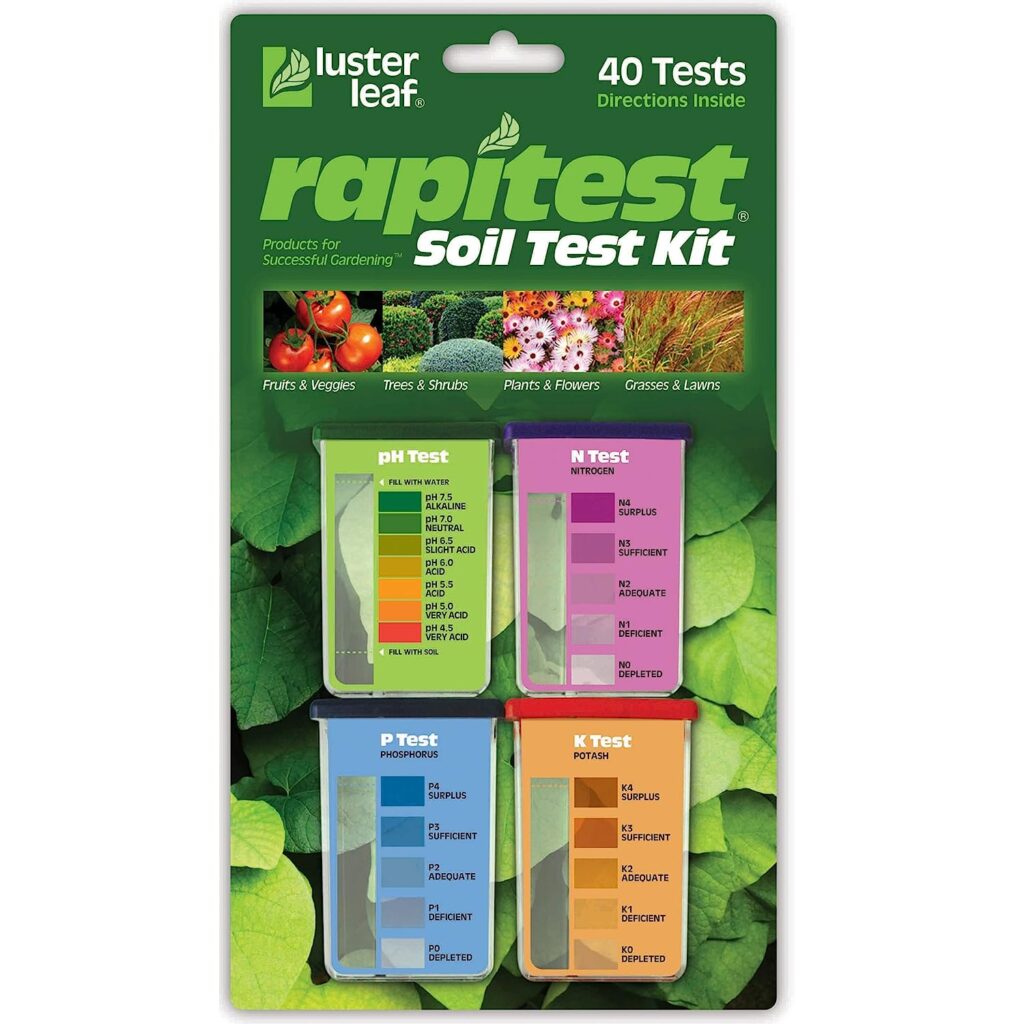

Choosing the right location for planting
As tomato plants need sun for their all growing phases, choose a sunny spot. And of course, a 2-3 feet distance from each plant is necessary and that’s what helps tomato plants grow faster.
Choose a place where it can get 6 to 8 hours of sunlight. Watering the soil three to four days prior to transplanting is necessary.
Planting and Early Care
Choosing the right variety of tomato plants
The key answer to the question “How to make tomato plants grow faster?” deeply lies in the species of tomato you choose. For quicker harvesting results you need to select the type that matures faster. Some of the fast-maturing tomato species are the 4th of July, black prince, early girl, Orange Roma, black cherry, etc…
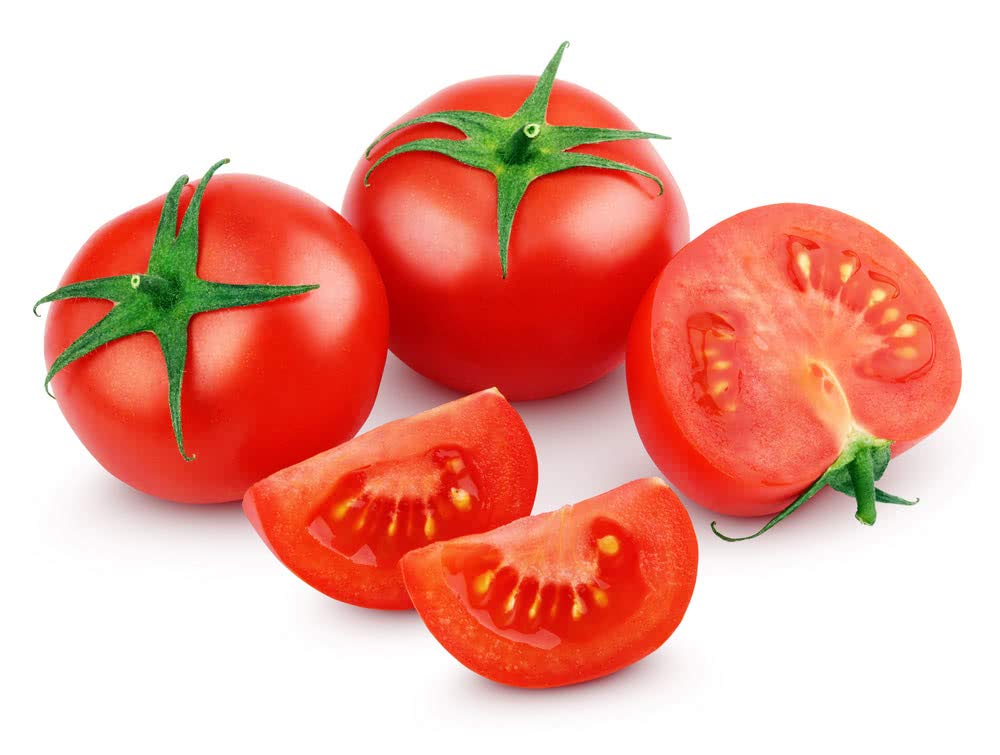

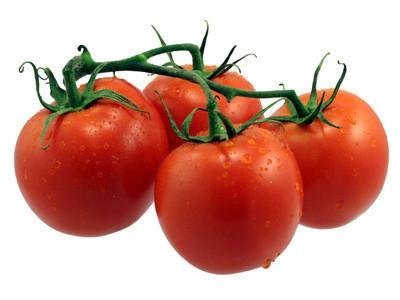
Proper planting techniques
When the seedlings are approximately six inches tall, it’s the moment to plant.
Choose a cloudy day for your outdoor transplantation and wait till the temperature get at least 60 °F.
You need to use a stake or trellis in most of the plants in order to support them off the ground.
A solution made of Nuvacron (15ml) and Dithane M – 45 (25g) mixed in 10 liters of water should be used to bathe all the seedlings for six to five minutes prior to planting. And a mixture of kelp meal and bone meal should be used in each planting hole before planting as well.
Seedlings require significantly less water, so misting them and keeping the top inch of soil moist is enough. Do not let the seedlings sit in a pool of water. In that case, move them to a new place.
Care During Growth Stages
Staking and pruning tomato plants
Staking
In the growing stage staking is important to keep the plant off the ground, as numerous diseases start from the ground. A stake should be used that can resist heat, rain, and wind during all the growing seasons.
Single stake: Single-stake support is the most economical. Insert it in 6 inches deep and tie the plant by using garden twine or any soft fabric. Stockier tomato varieties do best with a single stake.
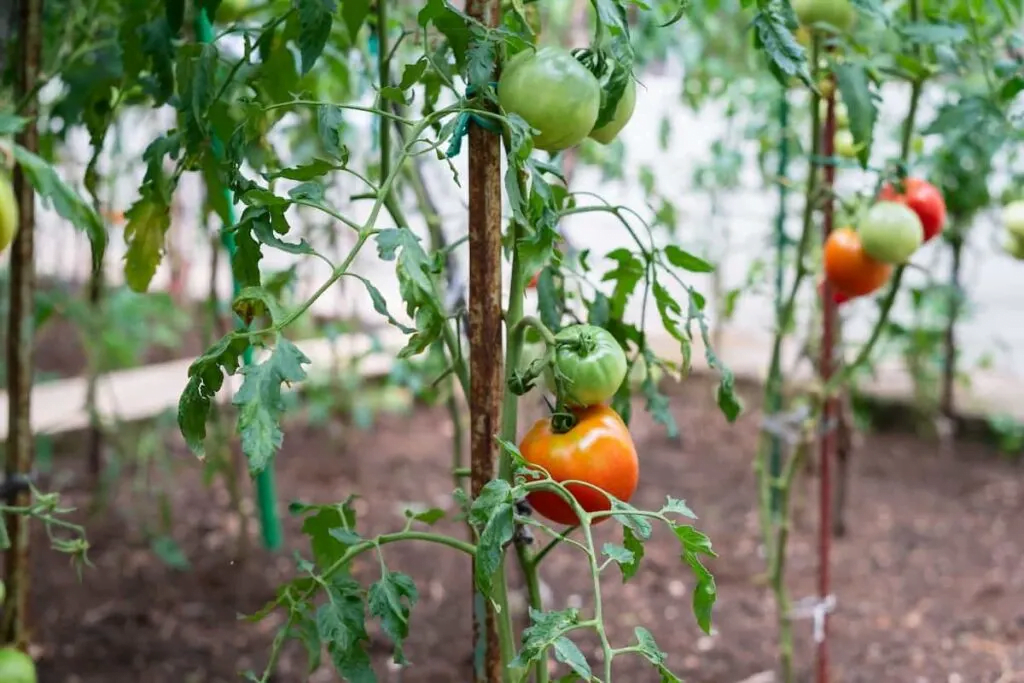
Double stake: As it sounds, adding an extra stake to provide extra support single stake is called a double stake. Two stakes are placed on the opposite side of the plant.

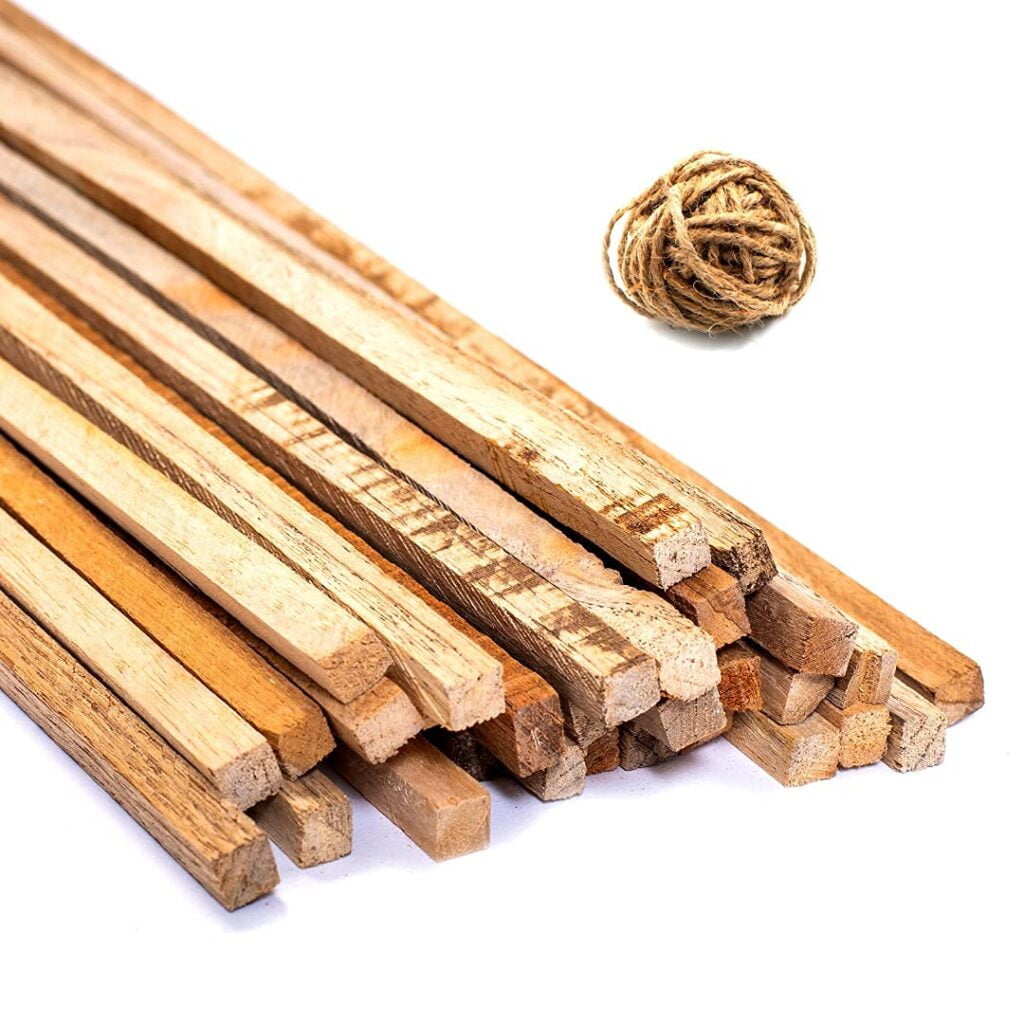
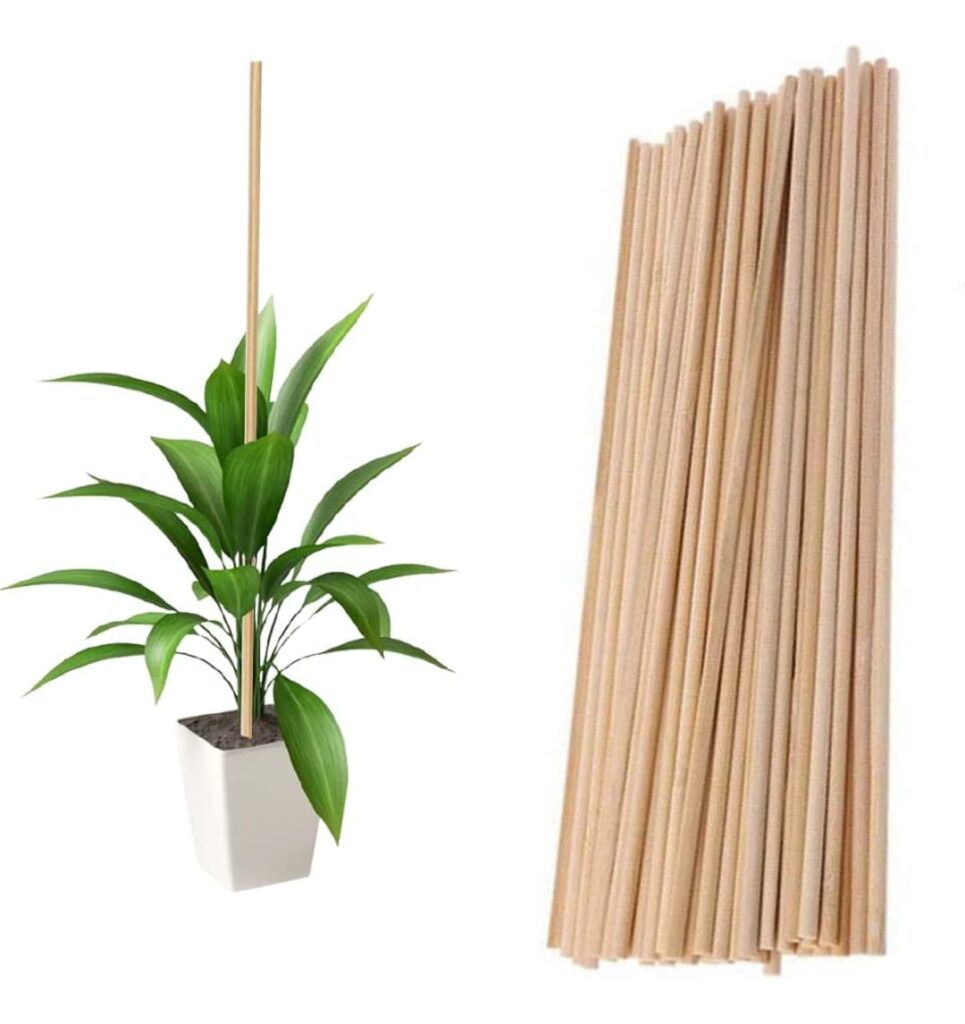
Pruning
Pruning is necessary for tomato plants to improve and boost harvesting. Start by pinching off lower branches and blossoms. Remove all suckers from leaf axils to direct fuel into growth and fruit production. Always remove lower stems to control fungal infections and disease and prioritize fruiting.
Regular maintenance and pest control
Tomatoes need about one to two inches of water per week during growing seasons, and it’s better to water them deeply but infrequently to encourage a healthful root system. Fertilize the plants every 4 to 6 weeks during the growing season to assure they are accepting constant nourishment, and this will help to produce fleshy tomatoes throughout the summer. You can use a product that contains bone meal to add calcium, which helps prevent blossom end rot.
Protection from evil intruders: All your hard work will go to waste in the end if you ignore these intruders. They come in a variety of sizes as well, from deer to hornworms. Intruders like squirrels, rabbits, and deer can be prevented through barriers like chicken netting or a well-secured fence. Tomato hornworms, a pale green colored with black and white markings pest that you need to watch out for. Handpick them and use an organic pesticide like neem oil will do the work.
Common Growth Issues of Tomato Plants
Preventing diseases and pests
Common diseases
1. Anthracnose (Colletotrichum coccodes)

It is a fungal disease. The disease typically affects the fruit, but at the same time in severe cases, it can also contaminate the stem, leaves, and roots. It causes circular lesions on the fruit that are sunken, with visible marks like brown circles. As the lesions mature, their centers turn tan and become dotted with tiny black fungal fruiting bodies.
During ripening avoid sprinkling water.
2. Black mold (Alternaria Alternata)

Another fungal disease, black mold disease results in the formation of black and brown wound-like marks in grown ripe tomatoes. Because of humidity, it turns black and velvety.
Fungicide in the affected places will help them not to spread all over the plant. Also, avoid wetting the foliage while watering.
3. Septoria leaf spot (Septoria Lycopersici)
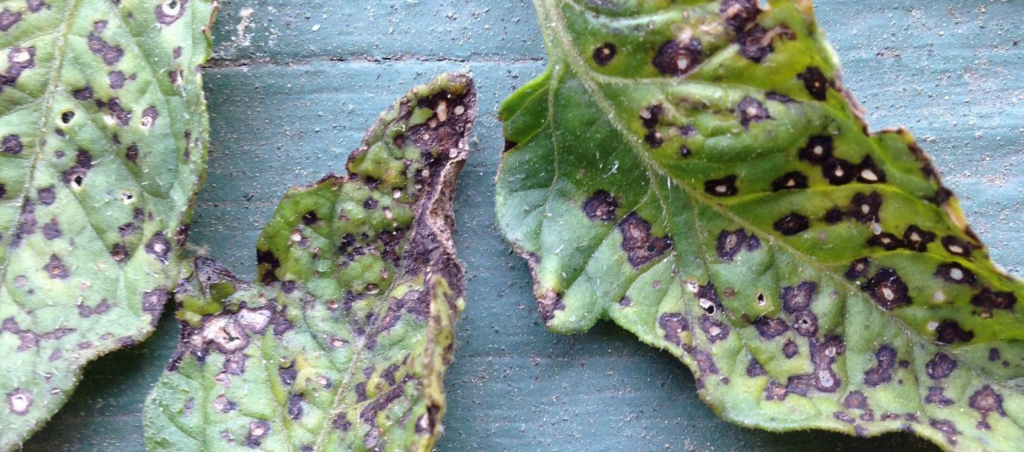
This can occur at any stage of growth. The early sign is grayish-white circular spots on the undersides of older leaves. Along with the leaves, it can also affect fruits, stems, and flowers.
Dispose of or bury all crop debris. Stop overwatering, provide food air circulation, and suitable fungicide if needed.
Common pests
1. Spider mites
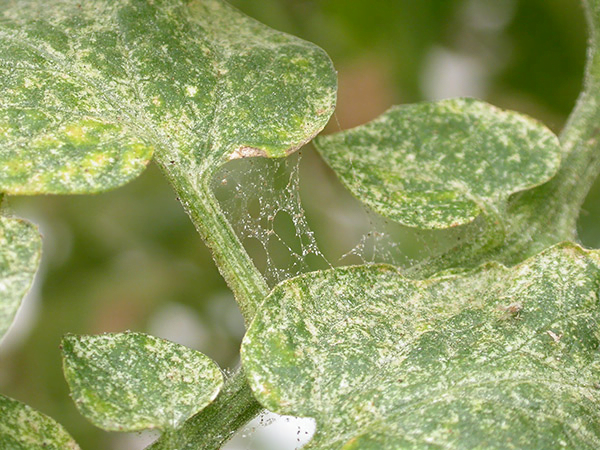
Spider mites are tiny yellow stripplings that appear on the leaves. Their tiny waves cover the foliage. They affect leaves and may turn yellow and drop from the plant. You can detect those tiny moving dots clearly with a hand lens.
In-ground plants can take strong jets of water to reduce their population. Soapy water, insecticidal soap can also be sprayed on the plants.
2. Tomato fruit worm

Tomato fruit with holes around the stem end may have light cavities filled with insect feces and released skins. The fruit may also develop prematurely due to damage. The caterpillars are responsible for this.
To prevent tomato fruit worms, observe plants for eggs and young nymphs, and use Bacillus thuringiensis or Entrust SC for organically grown plants. Chemical treatment may be needed for commercial plantations.
Treating nutrient deficiencies
The cure for three primary nutrient deficiencies is important and that’s what helps tomato plants grow faster a great deal;
1. Nitrogen deficiency correction: Apply a general-purpose liquid fertilizer to the tomato plants but be cautious not to overuse it as too extensively nitrogen use may result in excessive leaf development instead of tomatoes.
2. Potassium deficiency correction: To treat potassium deficiency add organic matter annually and use plant-based mulch. For instant treatment, sulfate of potash can be used.
3. Phosphorus deficiency correction: Use balanced fertilizer throughout the growing season to prevent phosphorus deficiency. Seaweed or fish extract spray can work as a quick fix to combat the deficiency
Handling environmental stressors
Harsh weather always brings the worst out of any plant and the tomato plant is no different.
Here are some steps to rejuvenate tomatoes during hot weather and early blight:
First remove wilted leaves, using a shade cover something similar to made from an old row cover.
Apply worm or compost tea to the roots.
Water deeply with a soaker hose but leave one side dry to prevent over-soaking the roots.
Harvesting and Storage
Harvesting ripe tomatoes
This is the last step of what helps tomato plants grow faster. Harvesting tomatoes when they are almost ripe or ripe can speed up the ripening process for the remaining fruits on the plant.
This method works especially well for large-fruited tomatoes which take time to ripen. The main reason for harvesting tomatoes before they are fully ripe is to maximize production.
Picking tomatoes at the breaker stage, when the permanent color starts to show, can prevent damage to fully ripe fruits caused by pests or weather.
These fruits can still ripen indoors. To ripen tomatoes indoors, place them in a shallow box or on a countertop out of direct light.
It usually takes a few daytimes for them to fully mature, so inspect them every day and pull any that are prepared to be eaten.
Wrap the green unripe tomatoes and keep them in a cold and dark place to promote ripening. However, be sure to inspect them regularly to assure they are not decayed or spoiling.
In general, harvesting partially ripe tomatoes can be a useful technique for gardeners who want to minimize waste.
Proper storage and preservation techniques
Now that we are done with what helps tomato plants grow faster, it’s time for storing. To store unripened tomatoes, keep them on the counter until they are aromatic and slightly soft to the touch.
Ripe refrigerated tomatoes can stay fresh for up to two weeks, but make they are ripe enough before putting them in the fridge.
Freezing unripe tomatoes can be the cause of their stunned ripening process. On the contrary freezing overripe tomatoes prevent them from spoiling.
You can even freeze the tomatoes to enjoy the whole year. Just remove them from the stems, wash them, and store them in the freeze-proof bag. You can pack them in small batches in order to not open the bag frequently.
Conclusion
Tomatoes are universally used versatile fruit that we use as a vegetable. Harvesting tomatoes from start to finish can be lots of steps but it is a fun and fruitful process. Now you know what helps tomato plants grow faster. It’s the factors like soil, water, and temperature management plays an important role. I now hope you will choose an early-growing species and see your work in no time. Happy harvesting!
FAQs
Q1. What are some common tomato plant pests, and how can I prevent them?
Spider mites, tomato fruit warm, and hornworms are some of the common intruders in tomato plans. You can hose spider mites to reduce their population and then apply neem oil or soapy water to get rid of the pests. You can pick the worms out manually or use insecticide to get rid of them.
Q2. How often should I fertilize my tomato plants?
Fertilizing tomatoes every four to six weeks during the growing season can encourage a wholesome ripening process.
It’s necessary to refrain from fertilizing once you pick the first tomato, as this indicates the ending of the growing season. Over-fertilizing can end up in excessive vegetative growth at the expense of fruit production.
Q3. Can I grow tomatoes in containers, and what special care do they need?
Yes, tomatoes definitely can grow in containers, and here are a few key points to maintain while increasing your tomato plant in a pot;
1) plant a bush variety tomato
2) Choose a big pot to encourage its expansive root growth
3) The pot should have good drainage system
4) Place them in sun for at least six to eight hours
5) Keeps the leaves dry.
6) Use stake for support but without harming the roots.
Q4. How long does it take for tomato plants to bear fruit?
Depending on the variety tomato plants take sixty to hundred days to harvest. That’s why most gardener chooses varieties that take a fairly shorter amount of time to mature. Some gardeners start seedlings as their first stage of gardening instead of seeds. As they have been growing for a few weeks and are better trained for the long growing seasons.
Q5. How can I tell if my tomatoes are ripe and ready to harvest?
Here are a few things you will notice in a ripe tomato that is ready to be picked:
1) They are pigmented in their maturity color, which is usually red and yellow without any green spots.
2) They should come off the vine with light pressure.
3) They would feel supple to touch.
4) They are lustrous.







